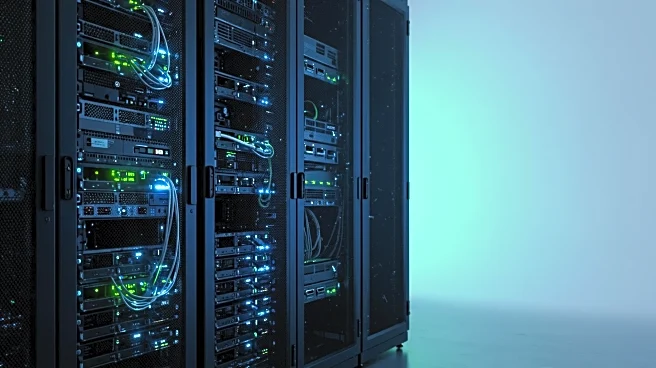Rapid Read • 6 min read
Amid record-breaking heat and rising energy costs, unplugging unused devices can significantly reduce electricity bills. Many household electronics, known as 'energy vampires,' continue to draw power even when turned off, contributing to higher energy expenses. By identifying and unplugging these devices, consumers can save money without sacrificing comfort. Standby power accounts for 5% to 10% of residential energy use, according to the Department of Energy. Simple actions like unplugging chargers and using smart plugs can help manage energy consumption effectively.
AD
With nearly 80% of U.S. adults stressed about rising energy costs, finding ways to reduce electricity bills is crucial. Unplugging devices not only saves money but also contributes to environmental benefits by reducing carbon emissions. The Natural Resources Defense Council estimates that reducing always-on device usage could save consumers $8 billion annually and prevent 44 million metric tons of carbon dioxide pollution. This approach offers a practical solution for households to manage energy expenses and support sustainability efforts.
Consumers can further optimize energy savings by investing in smart thermostats, LED light bulbs, and Energy Star-rated products. These investments, while initially costly, offer long-term savings and efficiency. Additionally, using surge protectors and smart plugs can automate power management, making it easier to reduce standby power. As energy costs continue to rise, adopting these strategies can help households maintain comfort while minimizing expenses.
AD
More Stories You Might Enjoy










